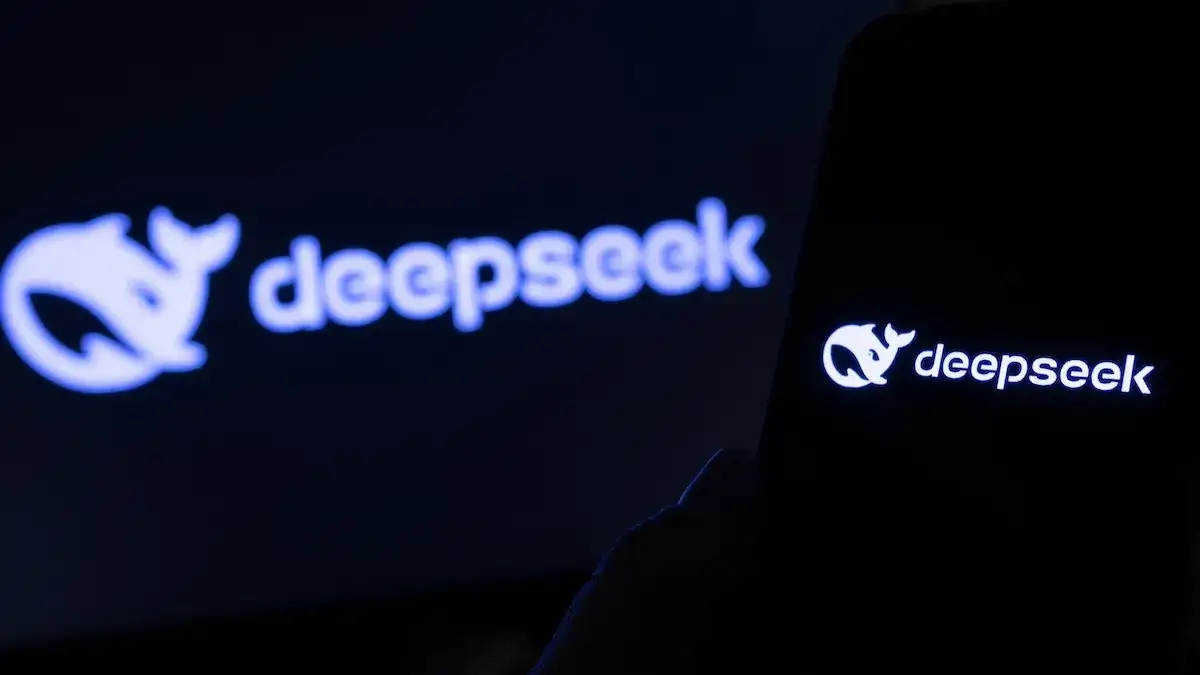


DeepSeek, a relatively unknown Chinese artificial intelligence (AI) start-up until late January, has shaken the world with its low-cost, high-power model.
DeepSeek’s success – seen in its recent No. 1 ranking on Apple’s app store– has driven a massive correction in what were stratospherically high valuations of US tech giants exposed to AI. And it’s resetting the US versus China geopolitics of AI.
DeepSeek’s R1 model has claimed to surpass OpenAI’s cutting-edge o1 model family with a much smaller investment and without access to the most advanced chips due to US export controls.
The silver lining of financial and technological scarcity embedded in DeepSeek’s model is that R1 seems to run at a much lower cost and consume much less energy than its American peers.
The takeaway, reflected in the sudden massive correction of some of the US AI giants’ stock market valuations, is that US hegemony in AI is no longer guaranteed. DeepSeek has shown, that with the right talent, a much smaller financial investment can apparently obtain similar results.
Moreover, America’s reliance on export controls to contain China’s technology sector does not seem to be working. Such conclusions should, in principle, be positive for the world given DeepSeek’s promise of massive efficiency gains and related AI commoditization.
The European Union, so far an AI follower rather than leader – as China seemed to be until DeepSeek’s surprise – might create its own homegrown AI platform, which until now seemed impossible based on the sheer amount of investment believed to be needed to develop large language models (LLMs).
While the positive aspects of DeepSeek’s success are undeniable, there are also downsides.
Starting with the technical aspects, DeepSeek can hardly be compared with other US AI platforms since its key role is to optimize existing models rather than develop new ones. Model optimization is important and welcome, but it does not eliminate the need to create new LLMs.
In other words, while DeepSeek’s optimization can massively reduce computational costs and open the door to more efficient architectures to reduce performance gaps between smaller and larger models, it does not fundamentally break the “scaling law” (i.e., that larger models deliver better results).
In other words, the most powerful AI systems will still need costly infrastructure, which brings the race back to galvanizing huge financial resources. Another important issue to consider is that DeepSeek is not fully open access as certain components, such as training data, fine-tuning methodologies and parts of its architecture, remain undisclosed.
The latter is all the more critical when considering that DeepSeek, as with any Chinese AI company, needs to comply with China’s strict national security laws and regulations.
Most recent AI regulations, introduced in 2022, command that all Chinese AI platforms must censor any output deemed as critical of the Chinese Communist Party-dominated political regime and must parrot the state’s propaganda lines.
Whether Western governments will accept China’s censorship within their jurisdictions is an open question that DeepSeek’s revelation will soon test. For the EU, the AI Act does not cover censorship directly but it does require AI systems to be transparent and accountable and respect human rights, including freedom of expression and political speech.
This might be a challenge for DeepSeek depending on how the situation evolves. A more immediate challenge is data protection and, in particular, the EU’s General Data Protection Regulation (GDPR), as Italy’s ban of DeepSeek on January 30 on data transfer grounds clearly shows. This raises concerns about data sovereignty and potential government access, which could limit its usability within the EU.
While the above concerns need to be taken seriously, the bigger risk is geopolitical. Trump’s comments that DeepSeek is a wake-up call (dubbed by some media as a “Sputnik moment”) for US tech companies indicate the AI race between the US and China will be at the forefront of their strategic competition for decades to come.
Crucially, AI competition concerns not only commercial use but also military applications in cyberspace, unmanned weapons and beyond.
DeepSeek’s importance for China is not just its technical ability to substitute American-made AI platforms but also its signal to the world that it’s very much in the AI race.
From the US side, the most likely upshot of DeepSeek’s emergence will be a doubling down on AI-related export controls and cessation of any remaining scientific and technological cooperation with China.
As such, Europe should recognize the positive aspects of DeepSeek’s commoditization of AI but should also realize that even sharper technological competition between the US and China for AI dominance will have consequences for the continent.
The most immediate one is the likely bifurcation into two AI worlds, split by tighter US export controls, sharply reduced scientific cooperation and tougher regulation. This could be bad news for Europe as it will likely be forced to choose between the two ecosystems, meaning it won’t likely be able to tap the efficiency gains of China’s AI advances.
Deepseek’s censorship and data transfer risks will only exacerbate and accelerate the AI split. Another problem is that entering the US ecosystem under Trump may not bring gains to the EU in terms of further scientific cooperation as US allies are increasingly treated as non-allies.
All in all, Deepseek’s emergence should be good news in terms of optionality and hope for the European AI industry but also bad news as it intensifies US-China AI competition. The EU is caught between a rock and a hard place in an increasingly geopolitical AI race with potentially more limited tech transfer and cooperation with the US and growing concerns about censorship and data issues from China.
Source: AsiaTime